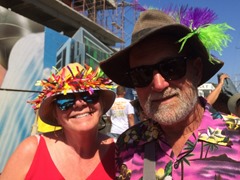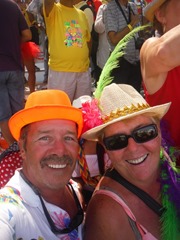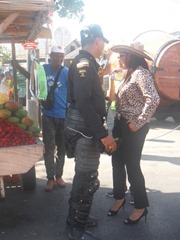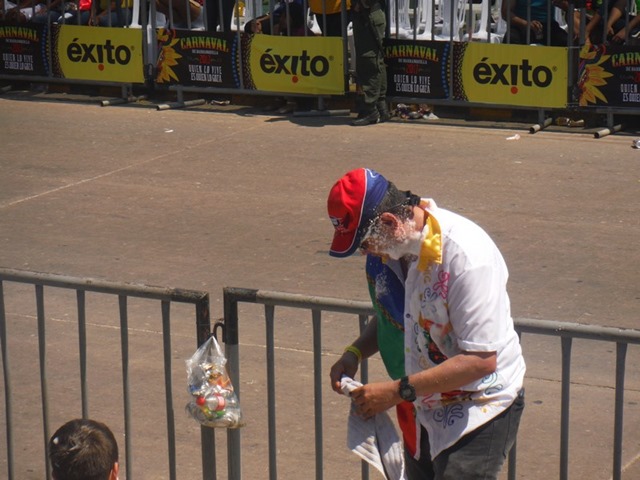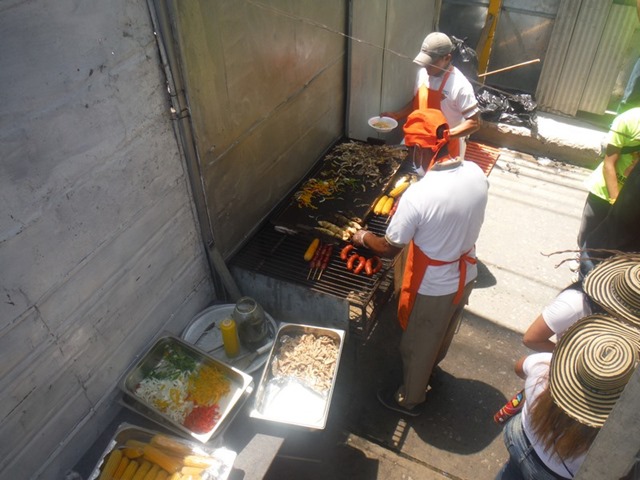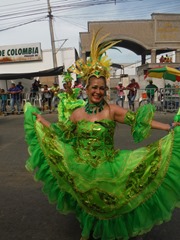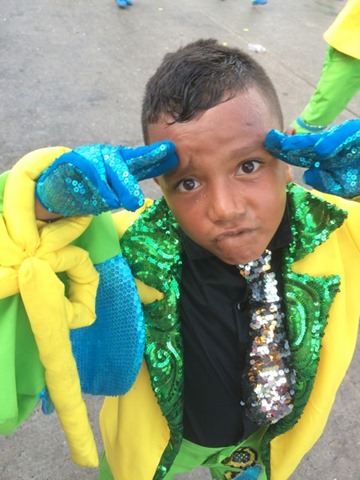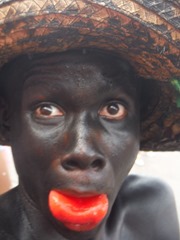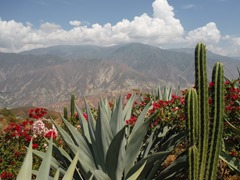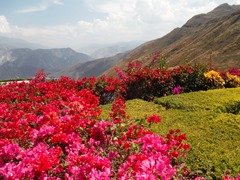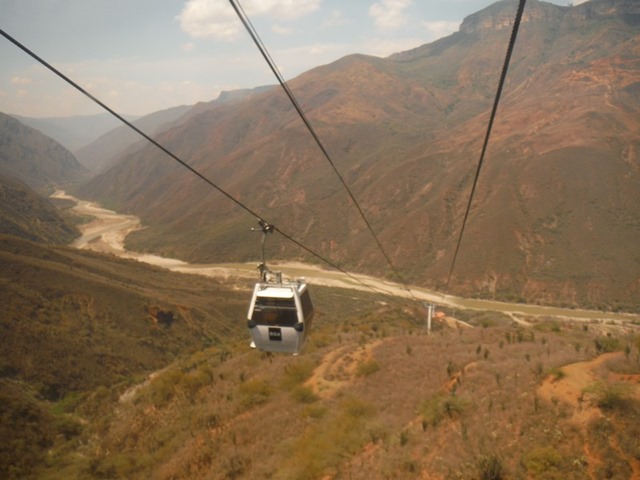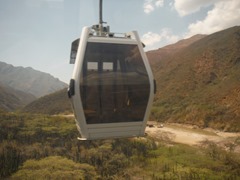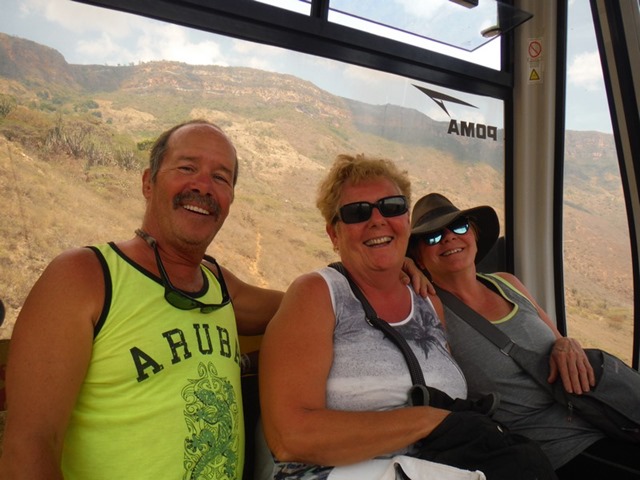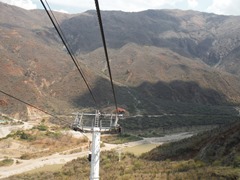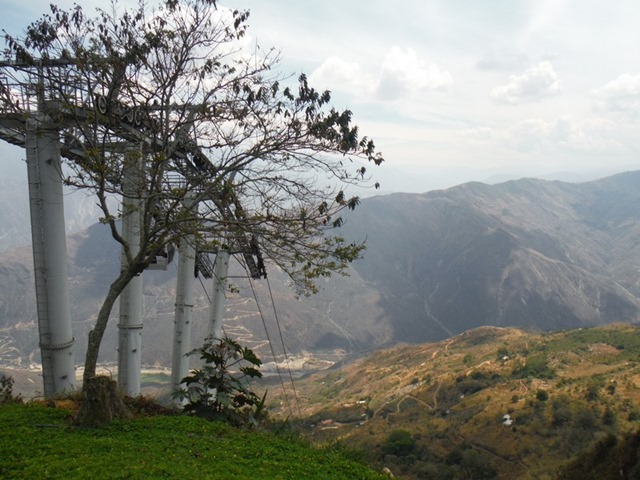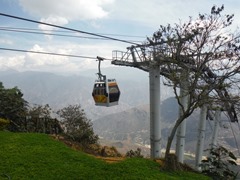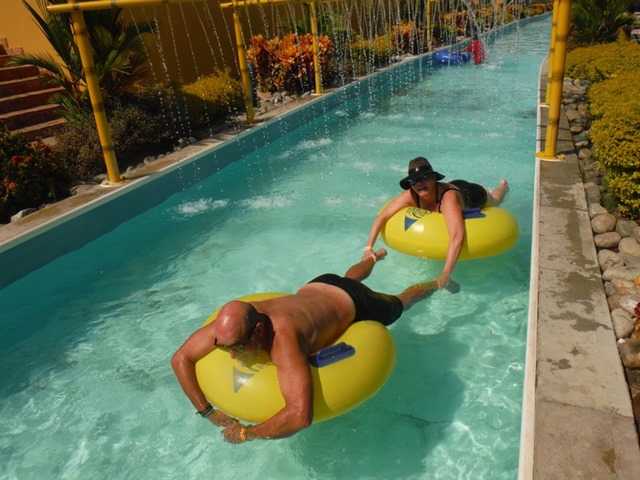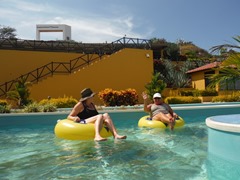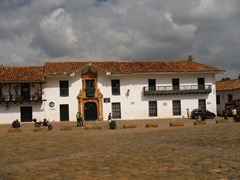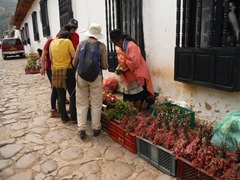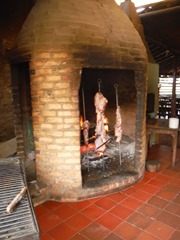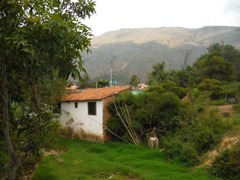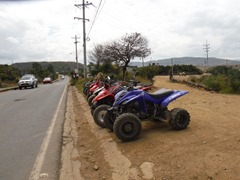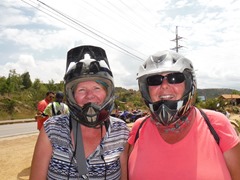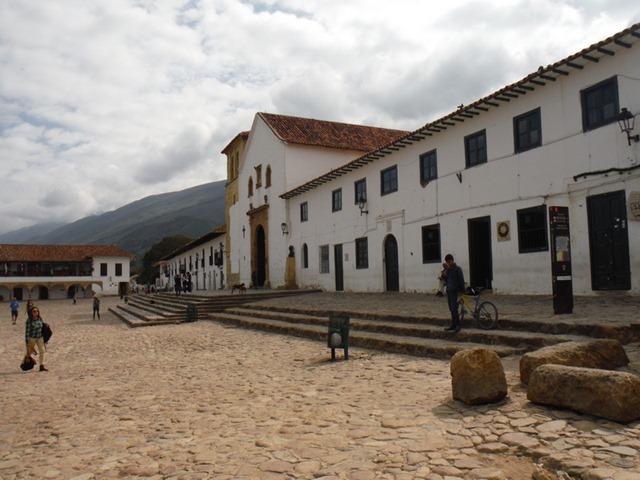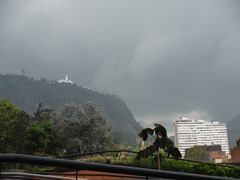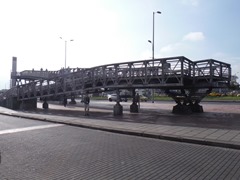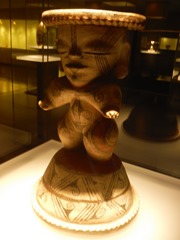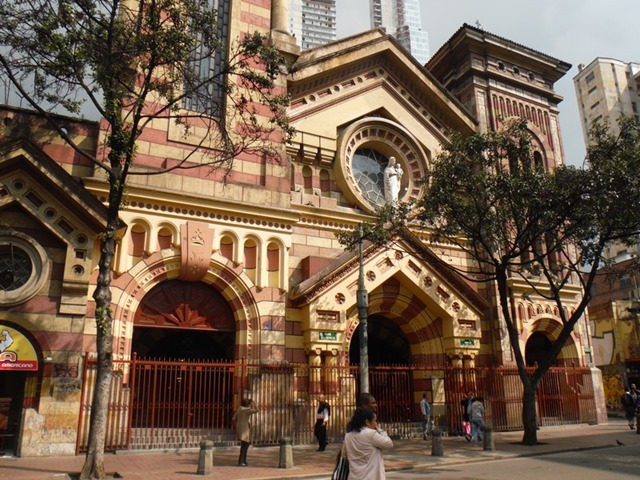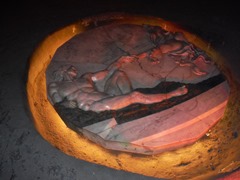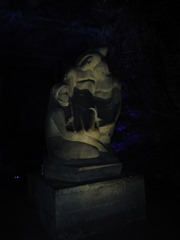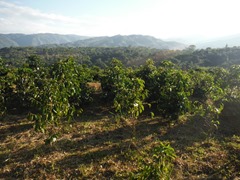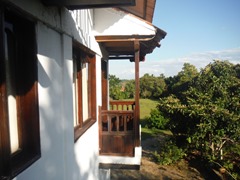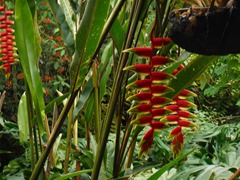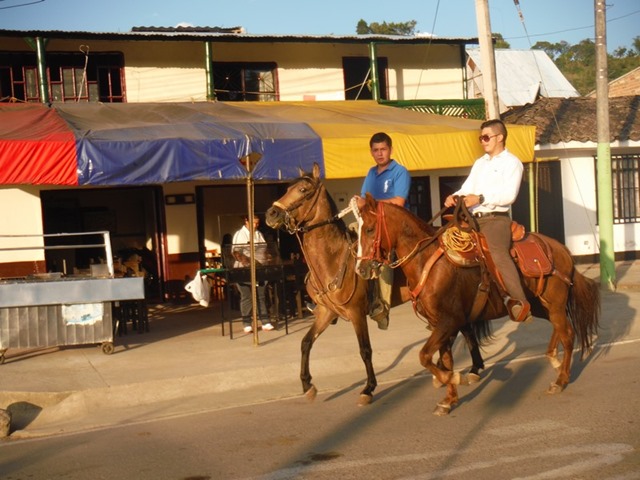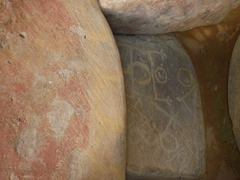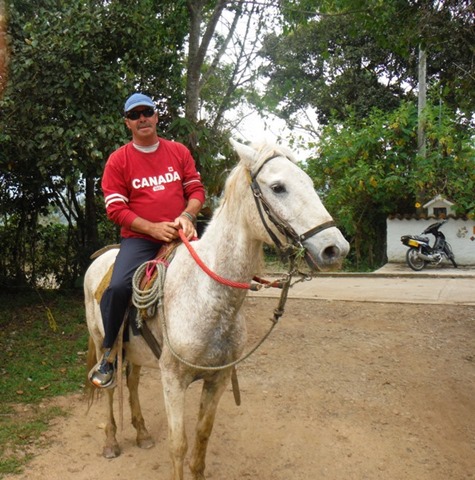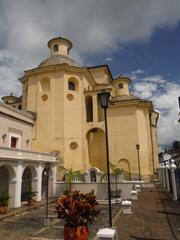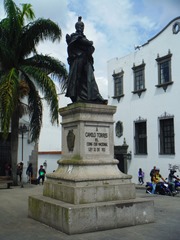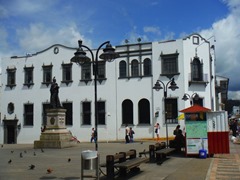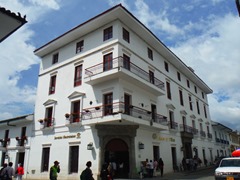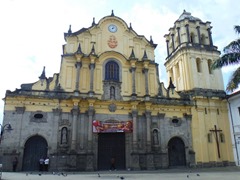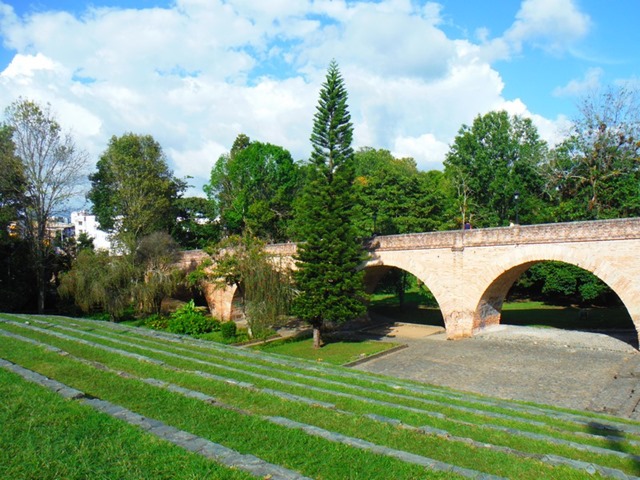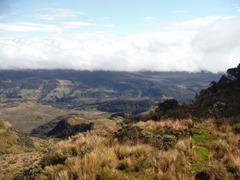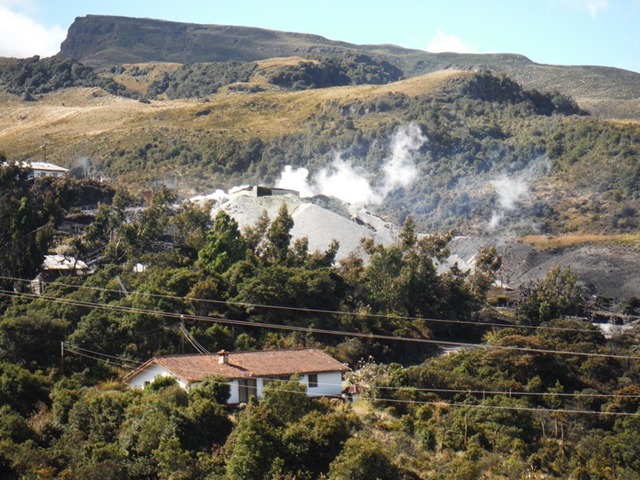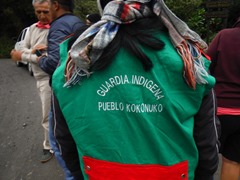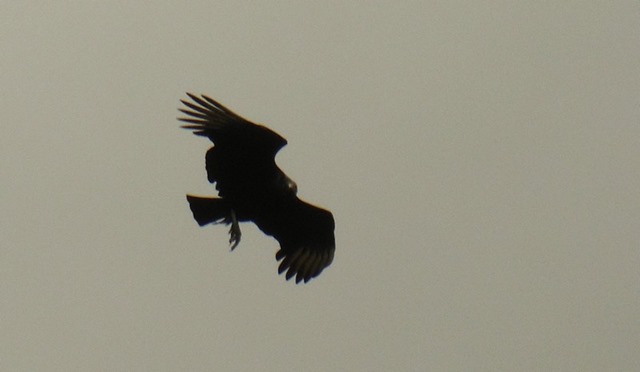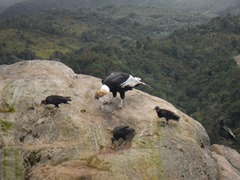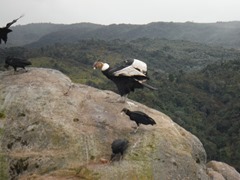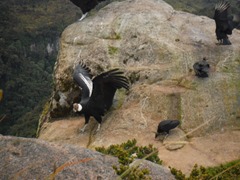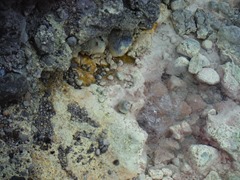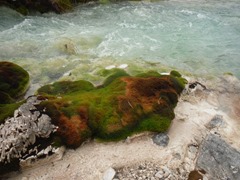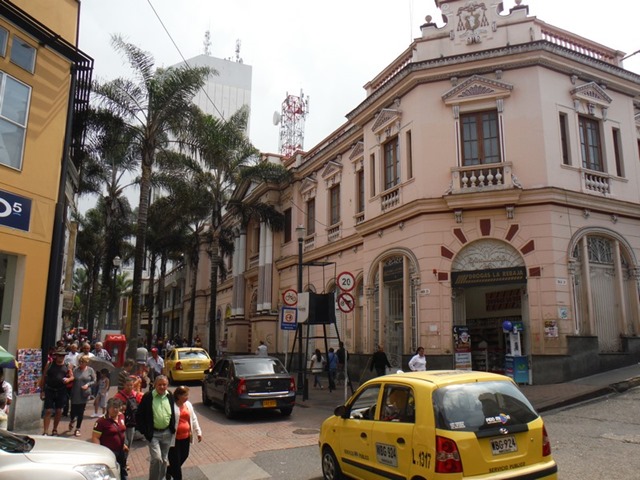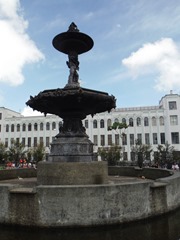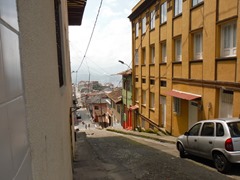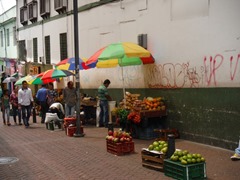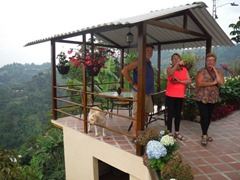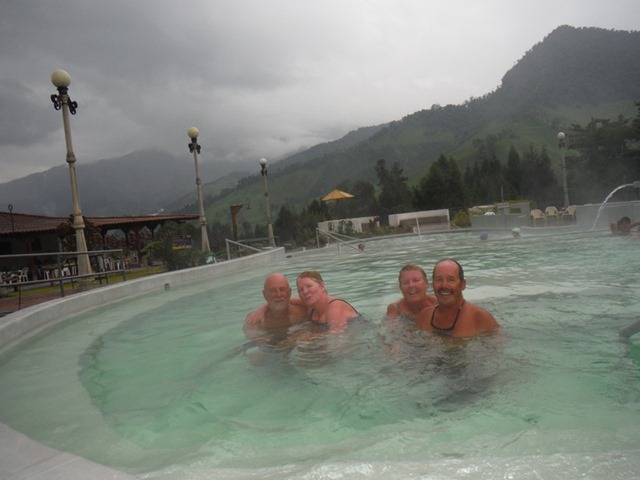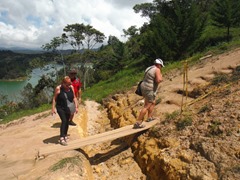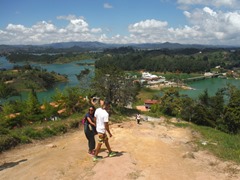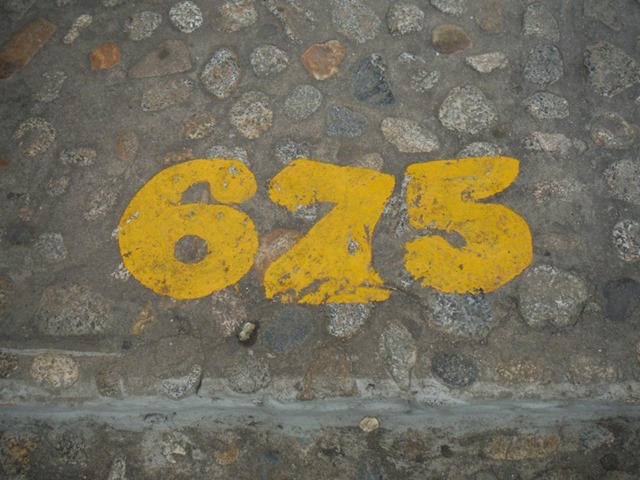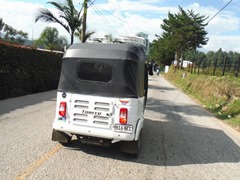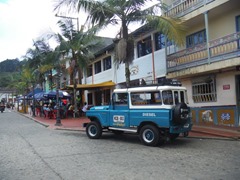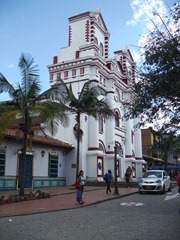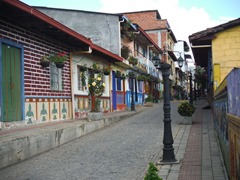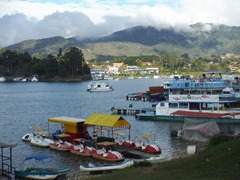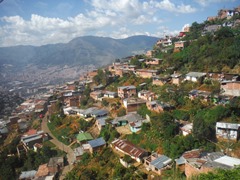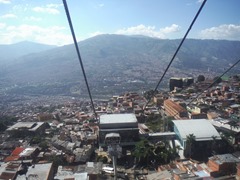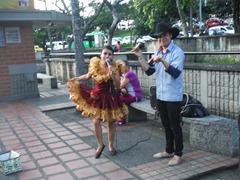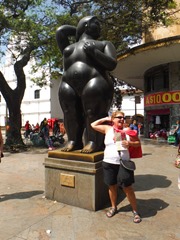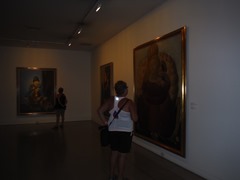Post Views:
196,856
Number of View: 0
Ciudad Perdida (Spanish for “Lost City”) is the archaeological site of an ancient city in Colombia‘s Sierra Nevada. It is believed to have been founded about 800 CE, some 650 years earlier than Machu Picchu. This location is also known as Teyuna and Buritaca.
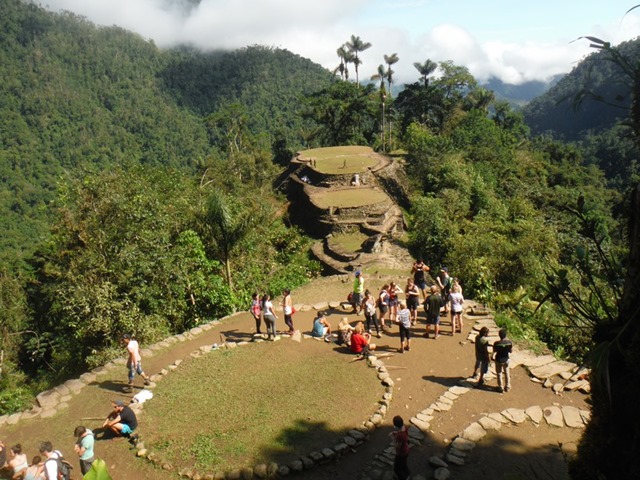
History
Ciudad Perdida was discovered in 1972, when a group of local treasure looters found a series of stone steps rising up the mountainside and followed them to an abandoned city which they named “Green Hell” or “Wide Set”. When gold figurines and ceramic urns from this city began to appear in the local black market, archaeologists headed by the director of the Instituto Colombiano de Antropologia reached the site in 1976 and completed reconstruction between 1976-1982.




Members of local tribes—the Arhuaco, the Koguis and the Wiwas—have stated that they visited the site regularly before it was widely discovered, but had kept quiet about it. They call the city Teyuna and believe it was the heart of a network of villages inhabited by their forebears, the Tairona. Ciudad Perdida was probably the region’s political and manufacturing center on the Buritaca River and may have housed 2,000 to 8,000 people. It was apparently abandoned during the Spanish conquest.

Ciudad Perdida consists of a series of 169 terraces carved into the mountainside, a net of tiled roads and several small circular plazas. The entrance can only be accessed by a climb up some 1,200 stone steps through dense jungle.

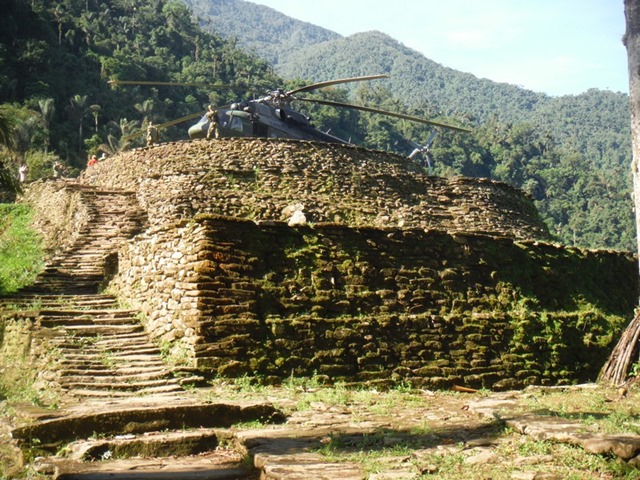

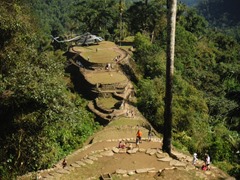
The area is now completely safe but was at one time affected by the Colombian armed conflict between the Colombian National Army, right-wing paramilitary groups and left-wing guerrilla groups like National Liberation Army (ELN) and Revolutionary Armed Forces of Colombia (FARC). On September 15, 2003, ELN kidnapped eight foreign tourists visiting Ciudad Perdida, demanding a government investigation into human rights abuses in exchange for their hostages. ELN released the last of the hostages three months later. The United Self-Defense Forces of Colombia (AUC), the paramilitary right-wing groups in that country, continued attacking aborigines and non-aborigines in the zone for a while. For some time the zone has been free of incidents.


In 2005, tourist hikes became operational again and there have been no problems since then. The Colombian army actively patrols the area, which is now deemed to be very safe for visitors and there have not been any more kidnappings. For a six day return hike to the lost city, the cost is approximately US$300. The hike is about 44 km of walking in total, and requires a good level of fitness. The hike includes a number of river crossings and steep climbs and descents. It is a moderately difficult hike.
Since 2009, non-profit organization Global Heritage Fund (GHF) has been working in Ciudad Perdida to preserve and protect the historic site against climate, vegetation, neglect, looting, and unsustainable tourism. GHF’s stated goals include the development and implementation of a regional Management Plan, documentation and conservation of the archaeological features at Ciudad Perdida and the engagement of the local indigenous communities as major stakeholders in the preservation and sustainable development of the site.
* excerpt from (Wikipedia)


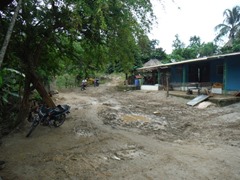

This hike was probably the hardest thing I ever did , but it sure is a once in a lifetime achievement. We had read all the literature about the site, and had been looking forward to completing this trek since we arrived in Colombia. Joined by Diane and Lloyd we showed the other members of our group, who were a lot younger, that if you’re determined, success will follow. The conditions on the trail were extreme, there had been quite a bit of rain lately in the mountains, which left the trail covered in 6 inches of muck. Travelling downhill would have been easier if we had a pair of ski’s.
Day 2, we got up at 5:30 am, putting back on our wet clothes from the day before to walk for almost, 12 1/2 hours, arriving at camp 2 in the dark, to a standing ovation.
The Wiwa and the Kogi, the indigenous group who call this area home do not want to be photographed so out of respect for their beliefs, I have no photo’s. I met one of them on the trail, and he said to me, “ A little hardship in life will be rewarded with a once in a lifetime experience”
We would like to thank them inviting us to their land, and showing us some of the history of the Sierra Nevadas. This land truly is sacred and we will remember our time spent here. Our party of four, 3 over the age of 60, asthma, arthritis, hip replacement, and a wonky knee did not hold us back. In the upcoming days as our toenails fall off, yah, I think we are going to …..remember.
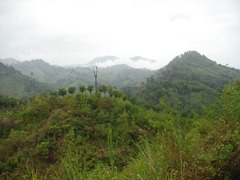
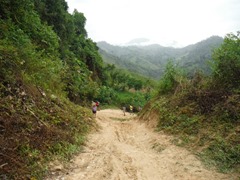
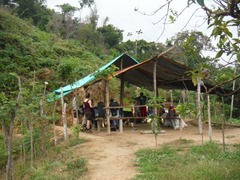

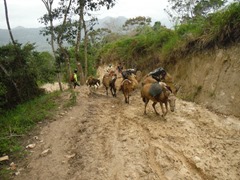

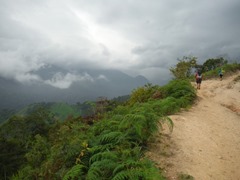
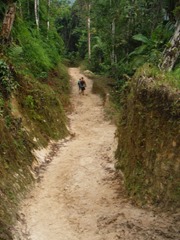


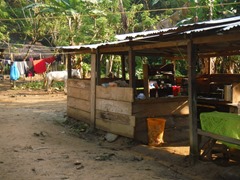

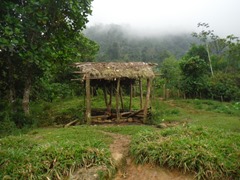
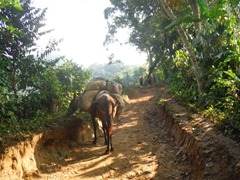



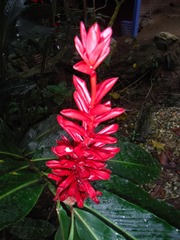
Sign warning of poisonous snakes
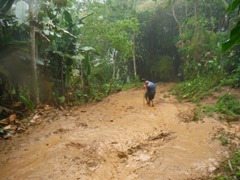
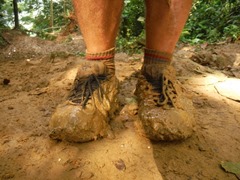
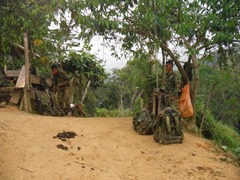
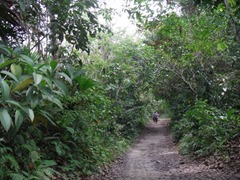
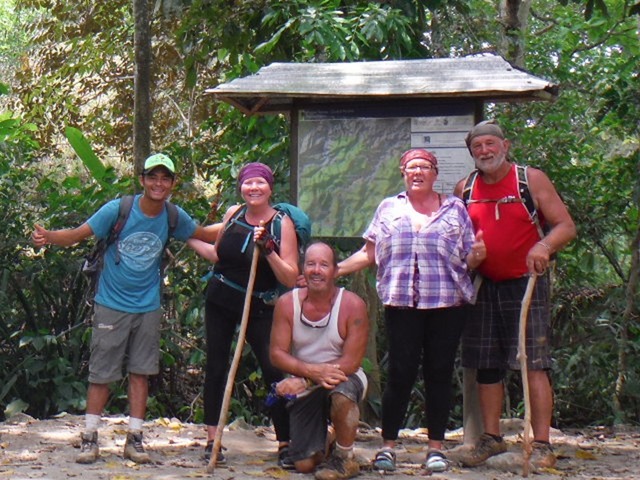
Finish Line!!!


